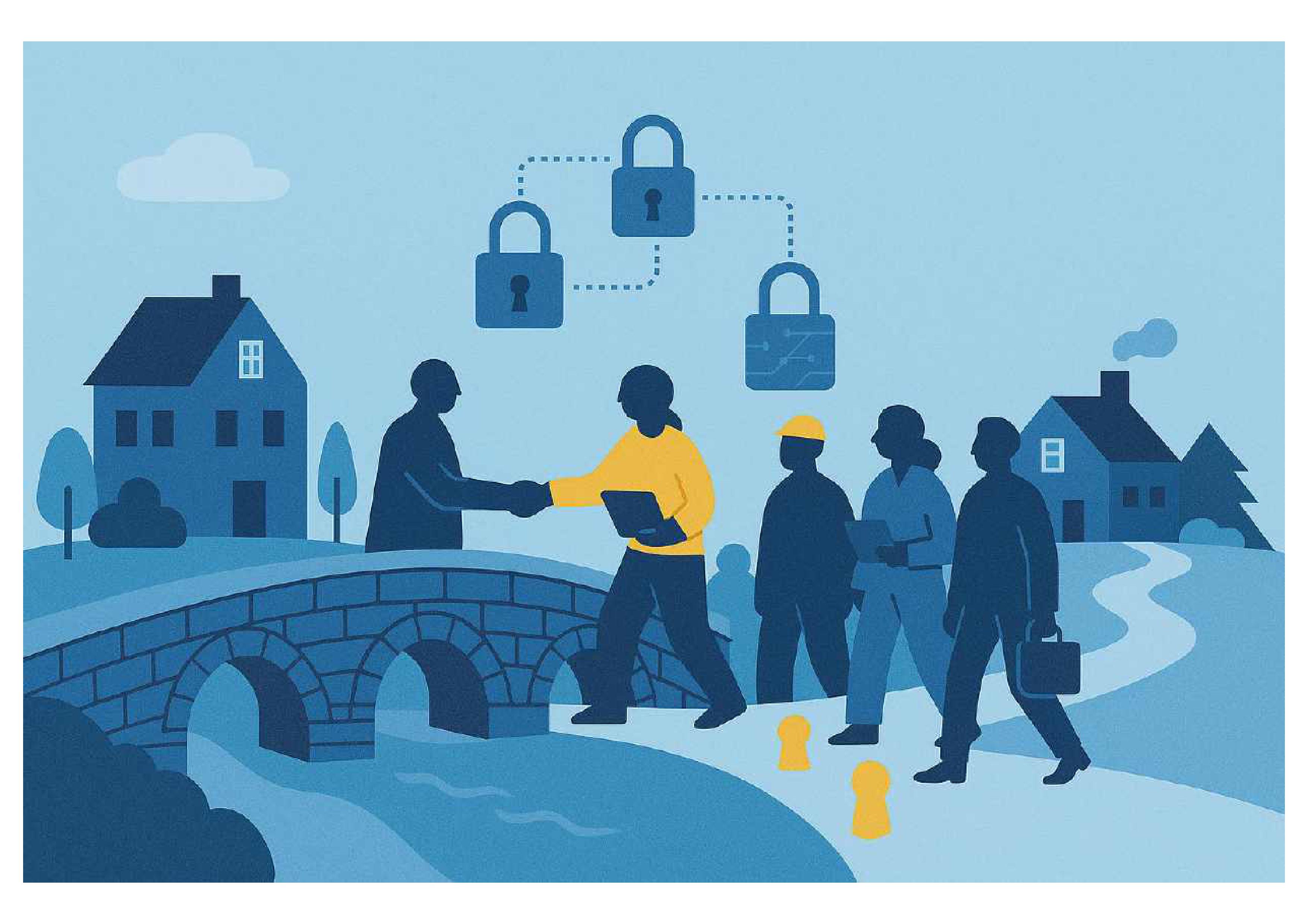Lifelong Learning – Continuous Learning in Public and Private Organizations

There is a strategic interest in lifelong learning from both industry and society, and a lively, ongoing discussion about how it can be achieved.
For organizations in the private and public sectors, the solution often involves collaborating with external commercial training providers, combined with developing their own training. Programs are often presented under subject headings such as “Sustainability,” “Cybersecurity,” “AI”—or structured for different professional roles.
Within academia, there are opportunities to deliver general training, or customized programs tailored to company needs, while allowing individuals to earn academic credits.
According to Gunnar Karlsson, Head of Education at Cybercampus Sweden, there ought to be a vibrant environment for collaboration here, but there are some obstacles in the way.
“From the academic side, there is definitely more we can do to become a better provider of training to industry. Our admission procedures for standalone courses can be too rigid for companies, with long lead times and no guarantee of acceptance. There may also be prerequisites that are relevant from an academic perspective but not for the workplace. But above all, we need to be able to deliver commissioned training with simple agreements and in formats that suit working professionals.”
Gunnar Karlsson also points out that there is some conceptual confusion between the two spheres, which can at times hinder collaboration. “We have a number of established concepts in Swedish that are widely understood. We understand the needs behind a request for a study circle or instructor training, but can we produce material for a ‘learning community’ or a ‘train the trainer’? Is the same thing meant?”
Academia has major advantages as a provider of training, whether through traditional channels or as commissioned education. “Academic education is connected to the latest research, which keeps it current and relevant. The built in quality assurance system within academia also provides confidence that the training actually delivers on its educational objectives,” Karlsson notes.
“When academia and industry find each other and co create training based on the workforce’s actual needs, the result can be something greater than just education. It often leads to mutual understanding and trust that can result in further projects, with opportunities for students to conduct their theses, or funded research projects in the field.”
A telling example of the mutual benefits that can be found when industry and academia collaborate in education is the recently completed pilot program in product safety offered within Expert Learning Labs as part of the Advanced Digitalization initiative, which held its final meeting here at Cybercampus Sweden. The program design was developed by academics from Blekinge Institute of Technology together with ABB, Ericsson, SAAB, and Volvo Group to meet shared needs. At the same time, participants had the opportunity to learn from each other and the instructors, and to create networks that will be important for the future.
Creating opportunities for academia and industry to identify and deliver training that meets the defined criteria—whether existing programs or those developed collaboratively—is one of Cybercampus’s most important missions. We have a guide for skills development that can ensure effective and relevant skills development in cybersecurity. The guide can be used to define needs and conditions for training that addresses and prevents real skills gaps within your organization.
